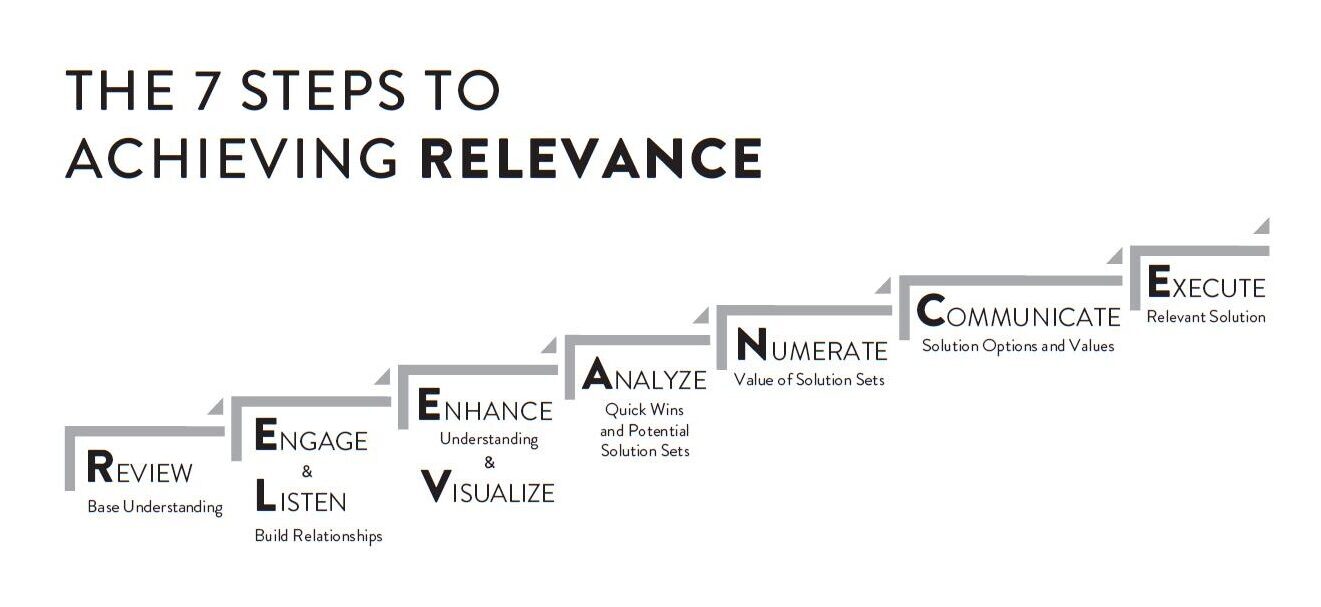“Why can you succeed here when no one else can?”
This is a common question from Pathoras’ customers and competitors. Taking a step back to think, the answer is almost alarmingly simple. We take time to get to know our customers, to ensure our products, actions, support, results are relevant to the customer’s needs. In other words, the key to any successful desired end-state is to invest time in learning the customer’s needs, processes, dynamics, and (in some cases) hidden desires, preventing the all-too-frequent project development within a vacuum.
The Relevance Path is the “secret sauce” to Pathoras’ success. It is a guide employing human interaction, psychology, behavioral economics, and in some instance good old fashioned common sense to discover and execute on apparent and potentially unrealized customer needs. The Relevance Path provides a vocabulary and framework for overcoming barriers that have become increasingly pervasive in projects today.
The Relevance Path will help you with business project management, organizational change management involving business resource and business process optimization, working management in the nature of business management, and business process management. With our 7 steps, we will train you for certification in the fields of project management, change management, IT processes, and requirements gathering for project optimization, all based on the use of our proprietary methodology for managing specific projects. With The Relevance Path, AKA RELEVANCE, we also serve as consultants and can work with you to boost your business’ viability with strong project management and organizational change management.


